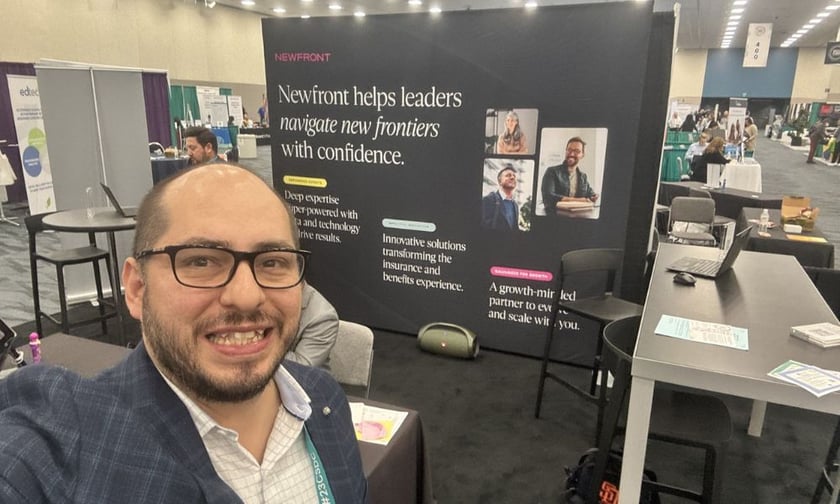

Self-funding is no longer just a strategy for corporations - it’s becoming a lifeline for school districts bracing against shifting education policy and skyrocketing insurance costs.
As the federal government leans into decentralization, pushing more oversight to local levels, districts are scrambling to adapt. The result? A growing divide in how schools manage their risk.
Over the past three years, health insurance premiums have increased significantly, with over two-thirds of policyholders experiencing rises between 50% and 200%. Add in inflation, climate-driven property losses, and a fragmented workforce, and it’s clear why many are overhauling their insurance strategies.
Pedro Reyes (pictured), head of the education practice at Newfront, has seen this transformation. While many decisions at the district level are already made locally, Reyes believes the decentralization of the Department of Education raises fresh concerns - particularly around funding.
“There’s a concern about how funding could be impacted,” Reyes said. “School districts and charter schools are preparing themselves, but it is something that, with any change, it’s going to take a little bit of getting used to.”
That adjustment is especially difficult for schools already dealing with decades of budgetary strain. Financial uncertainty isn’t new, but Reyes noted that the tools districts are using to respond are beginning to change. Increasingly, schools are looking to self-funding as a solution.
“One of the big things we are showing schools is self-funding, which gives them the ability to really control their own costs,” Reyes said.
The appeal of self-funding extends beyond immediate savings. With health insurance premiums compounding at rates of 10% annually, Reyes emphasized that the traditional model is no longer sustainable.
“The cost of health insurance for families has gone up over 200% in the last 30 years,” he said. “An organization has to be big enough to self-fund. But if they are, it is something that we really have started moving a lot of these schools towards.”
Reyes is critical of strategies that simply shift the burden rather than address the root problem. Programs like HRAs and HSAs, while helpful, are often just cost-deferral mechanisms.
“Self-funding is really about trying to contain costs,” he said. “Over time, traditional renewal increases will overwhelm charter schools and school district budgets.”
But health coverage isn’t the only concern. With climate risks on the rise, property insurance is becoming harder to afford, particularly in vulnerable regions.
“Property insurance has gotten incredibly expensive,” Reyes said. “It’s incredibly important that every year brokers are going out and marketing to provide solutions that are actually cost-effective.”
At the same time, the post-pandemic learning landscape is shifting - again. With more hybrid and virtual learning models in place, traditional insurance frameworks are being tested. Reyes drew a parallel to remote work trends seen in other industries.
“You could have a school that’s based in one state but has employees nationwide,” he said. “Being able to offer plans that work anywhere in the country is incredibly helpful.”
That geographic flexibility has prompted insurers to consider more digital-first healthcare options, particularly telemedicine.
“Anything that you can do that is providing care virtually is going to be very welcomed,” Reyes said. “If someone doesn’t have to leave their home for an office visit, it’s going to help.”
“There are products coming out that really are giving pricing transparency,” he said. “If someone’s going to have surgery, they know what they’re going to pay. That’s going to drive change, drive savings and help people pick the right fit based on cost and results.”
Reyes believes these shifts are not only necessary but meaningful - especially when the stakes are so closely tied to educational outcomes.
“Every dollar that we save the school is a dollar that’s in the classroom,” he said. “It really speaks to what I want to do and what Newfront wants to do: provide insurance services while also doing good in our community.”
That mission has become more urgent over time. Where once only a few carriers dominated the education space, today’s climate of pricing volatility and inflation has pushed schools to explore alternatives.
“Telemedicine has been around forever, but with COVID, it really took off and now everyone loves it,” Reyes said. “So, we’re seeing telemedicine to be incredibly important - not just for office visits, but mental health visits too. It’s about giving people the care they want, the way they want to have it.”
